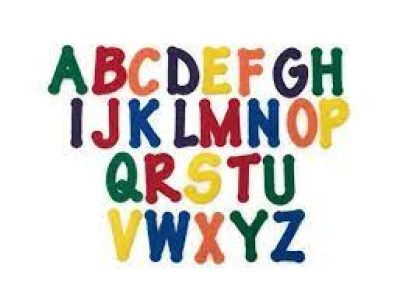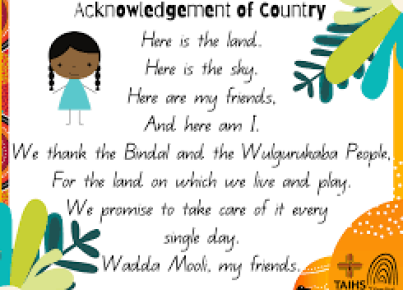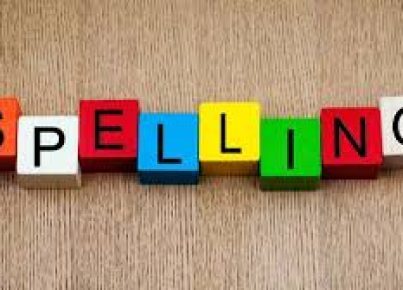In today’s fast-paced world, strong communication skills are essential for success. Storytelling is an important aspect of communication, as it enables us to share experiences, inspire others, and create a personal connection. Encouraging students to become storytellers can greatly improve their ability to communicate, express ideas clearly, and foster creativity. To help them develop these skills, try incorporating games and activities into your curriculum that promote storytelling and self-expression. In this article, we’ll explore a few games and activities you can use to help students become better storytellers.
1. Storytelling Relay
Divide the class into small groups of four or five students each. Provide each group with a random storytelling prompt or let them choose one from a list. One student starts the story based on the prompt and shares for 30 seconds before passing it on to the next student in line. The next student in line then picks up where their classmate left off and continues the story for another 30 seconds before passing it again. This continues until everyone in the group has had a chance to contribute.
2. Story Stones
Collect a variety of small rocks or stones and allow the students to paint or draw images on them representing different elements such as characters, events, objects, emotions or settings. Once completed, students can take turns choosing stones from each category and constructing original stories based on what they’ve picked.
3. Storytelling Cards
Create a deck of storytelling cards featuring various characters, emotions, locations, and plot twists. Have students draw cards at random to inspire their stories or pass out assigned cards for a more structured approach.
4. +Show-and-Tell
Ask your students to bring an item that represents something meaningful in their lives or that has inspired them in some way. Each student then shares their item with the class by explaining why it’s important to them and telling a short story that relates to it.
5. Picture Prompts
Select interesting images from newspapers, magazines or the internet and have students create stories around what they think is happening in the pictures. Encourage them to use their imaginations freely and provide background information or expanding on the characters, settings, and events depicted in the image.
6. Tableaux Vivants
Have students work together in small groups to create frozen scenes representing different moments of a story. The other groups then try to guess what is happening in each scene as well as the order of events, promoting active engagement and narrative skills.
7. Improv Games
Incorporate improvisational games like “Yes, And…”, where students agree with their partner’s statements and add their own creative twist to the story. This helps them develop flexibility, creativity and collaboration skills.
Using these games and activities can help students tap into their imagination and creativity, while also honing the essential skills required for impactful storytelling. By actively engaging learners in narrative development, you can encourage self-expression and positively impact their communication competencies. So, don’t wait – incorporate games like these into your classroom today to help your students become captivating storytellers!





